
The best comparison to the Oakley Meta Vanguard smart glasses is an "Ultra" smartwatch: they're heavier and pricier than the Ray-Ban Meta (Gen 2), but with significant upsides that make the Vanguards seriously compelling for the athlete niche. And I already know I'll wear these more than my Ray-Bans.
You may not need the Vanguard's IP67 water resistance for sweaty workouts, 6db-louder speakers to counterbalance wind, or an extra hour of battery life for longer activities. They're not the right fit for using indoors, with no Transitions or clear lenses; nor is the Oakley Spheara style suited to "blending in" like Ray-Ban Wayfarers.
I don't depend on smart glasses for every occasion, as Meta would like; it's only during workouts or hikes, when my phone is an unwelcome distraction, that Meta's AI answers, hands-free videos, and workout playlists really compel me.
While I was impressed during my Ray-Ban Meta Gen 2 testing, they're still better suited for casual wear. With the Oakley Meta Vanguard, it's clear that these are the better fit for runners, hikers, cyclists, or extreme sports fans — despite some caveats I'll explain below.
I actually prefer the Oakley Meta Vanguard design
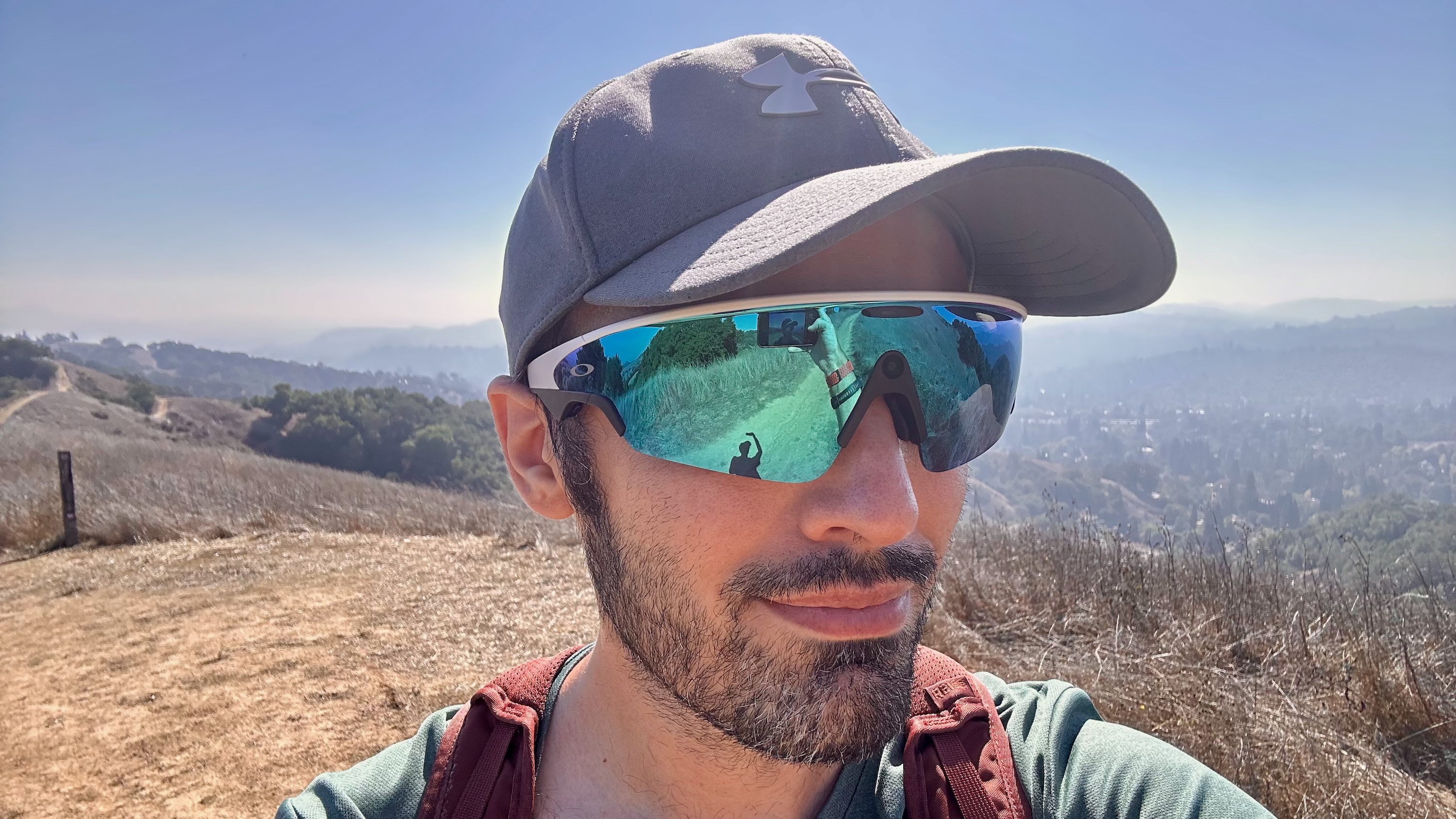

Smart glasses are noticeably thicker than normal glasses to fit the cameras, speakers, and battery, as well as bear the weight. The Ray-Ban Meta (Gen 2)s aren't bad in this respect, but every non-techie I've had try them on says they like the features but not the chunky look on their face.
Most Oakley sunglasses, on the other hand, are massive and flashy, with a thick nose guard and top bar; this gives the Meta Vanguards leeway to be big without seeming out of place. They're twice as heavy as the Spheara design that inspired them, but I feel sporty wearing them, instead of dorky.
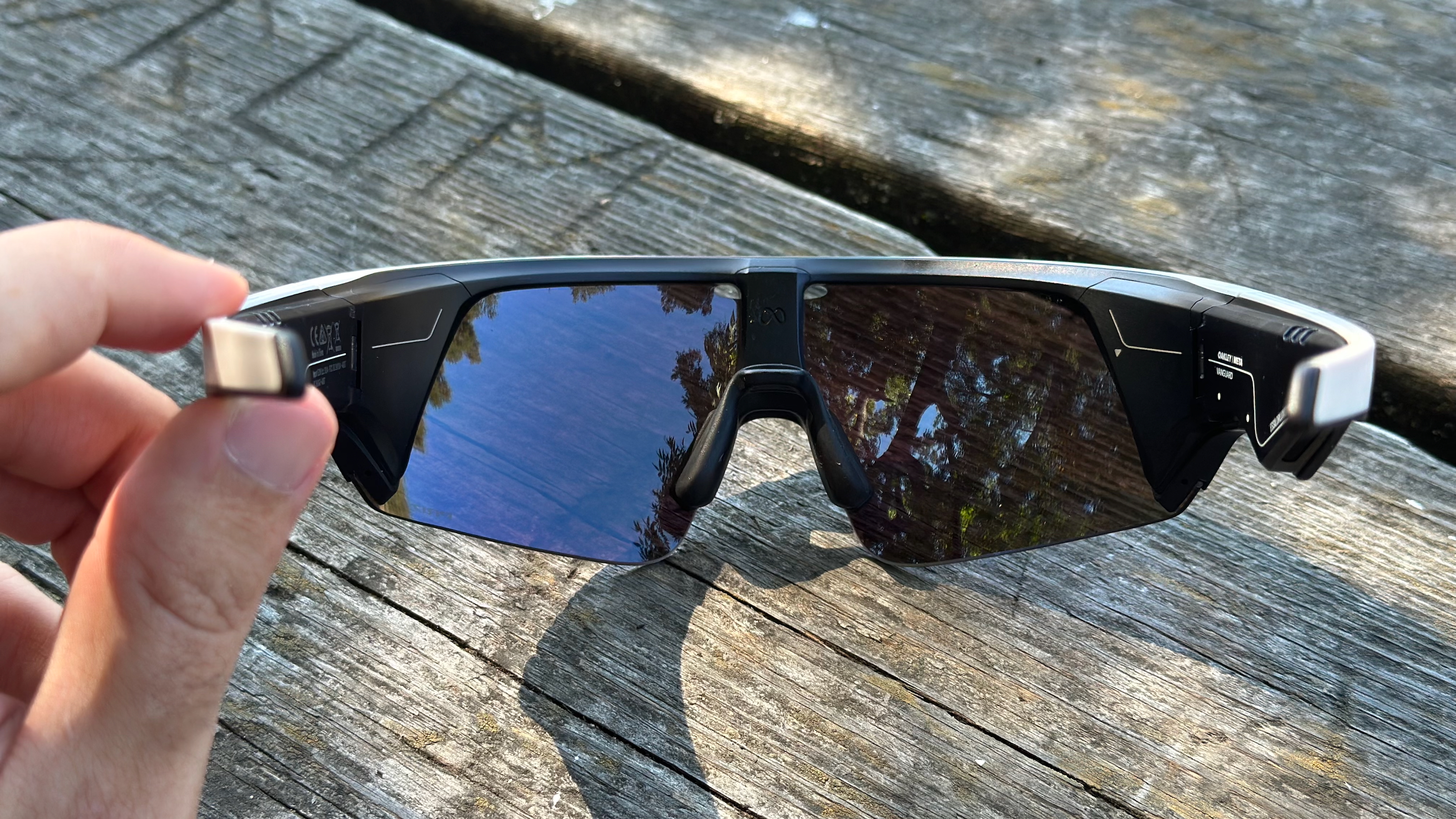
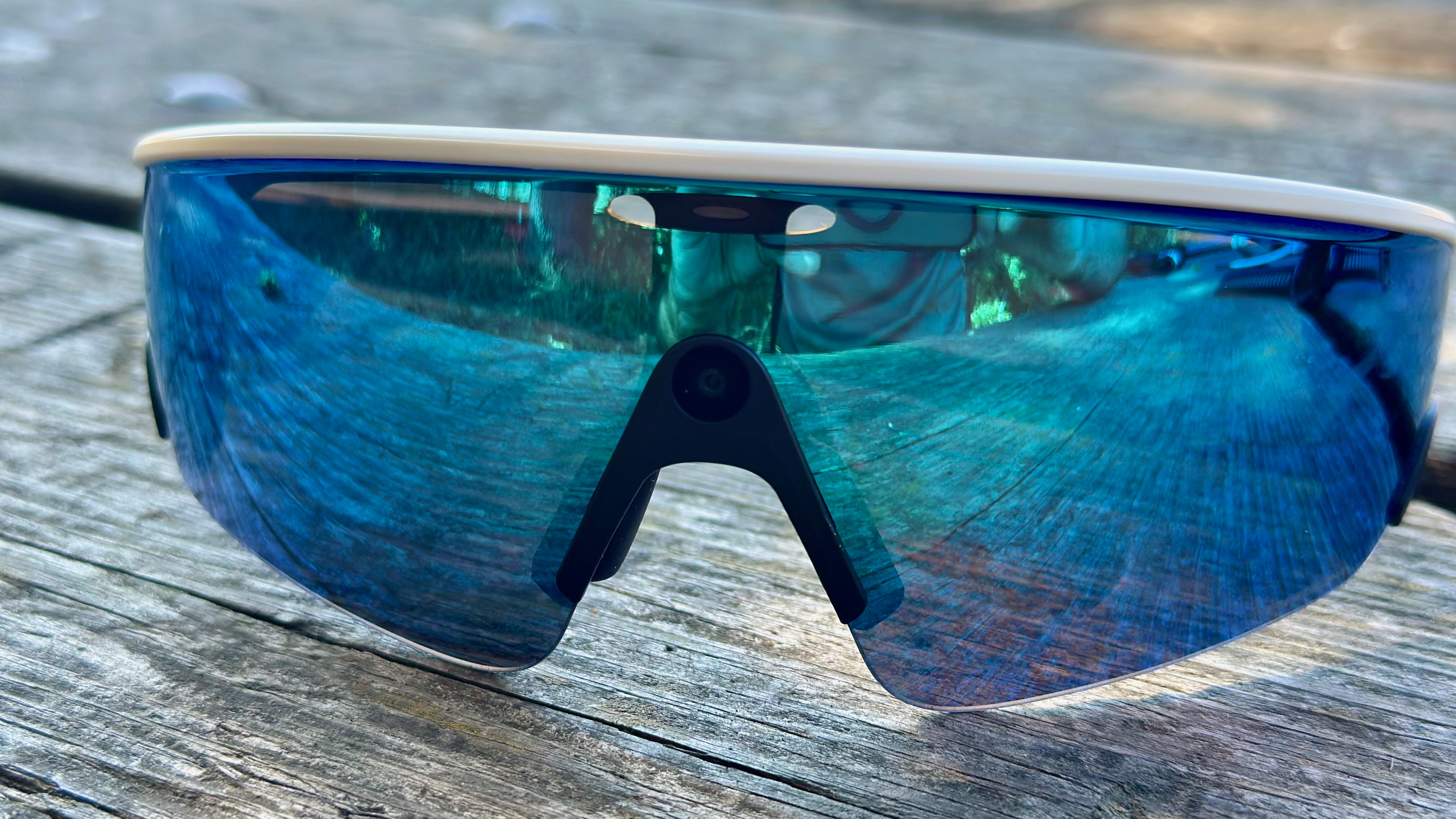
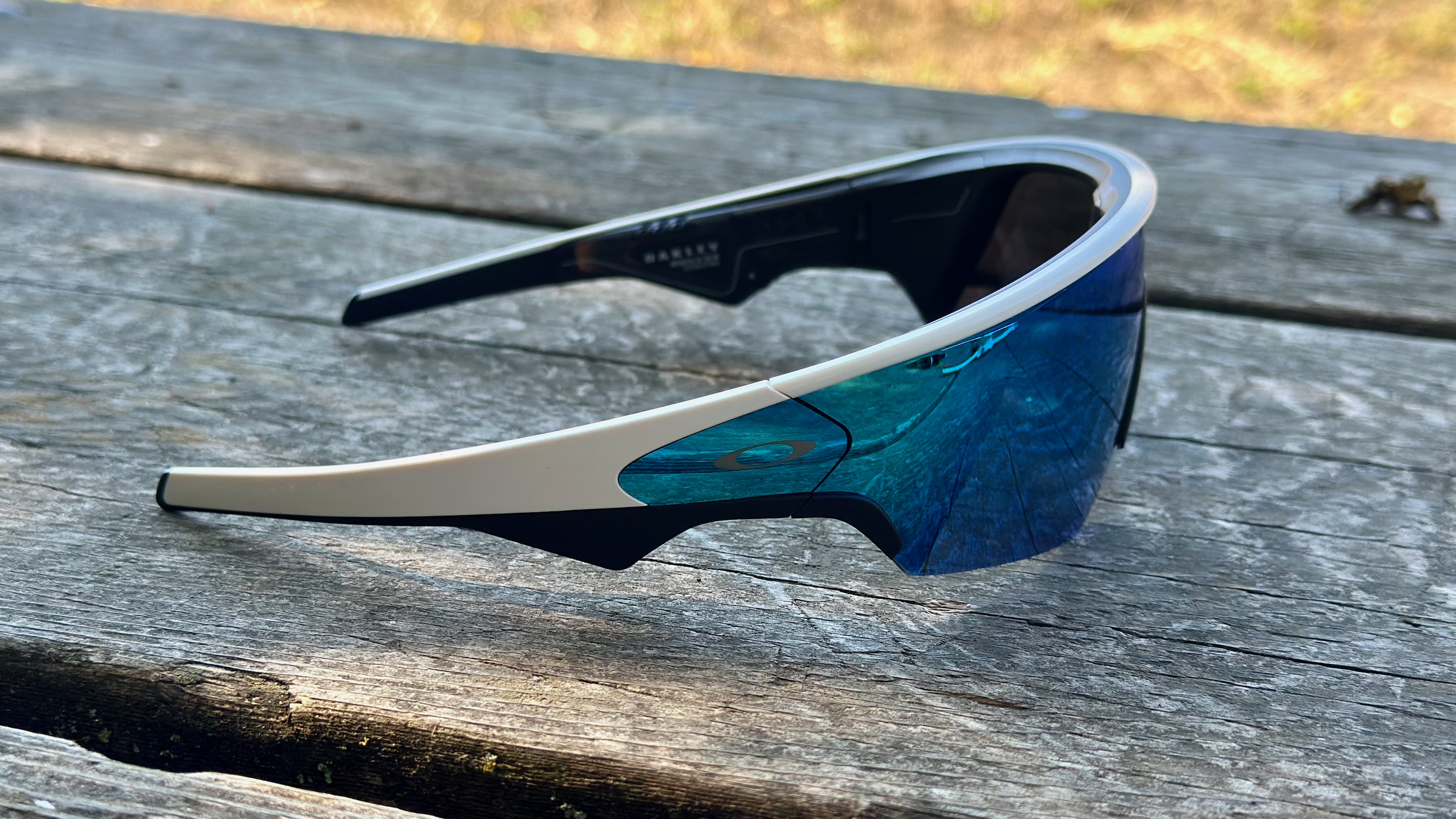
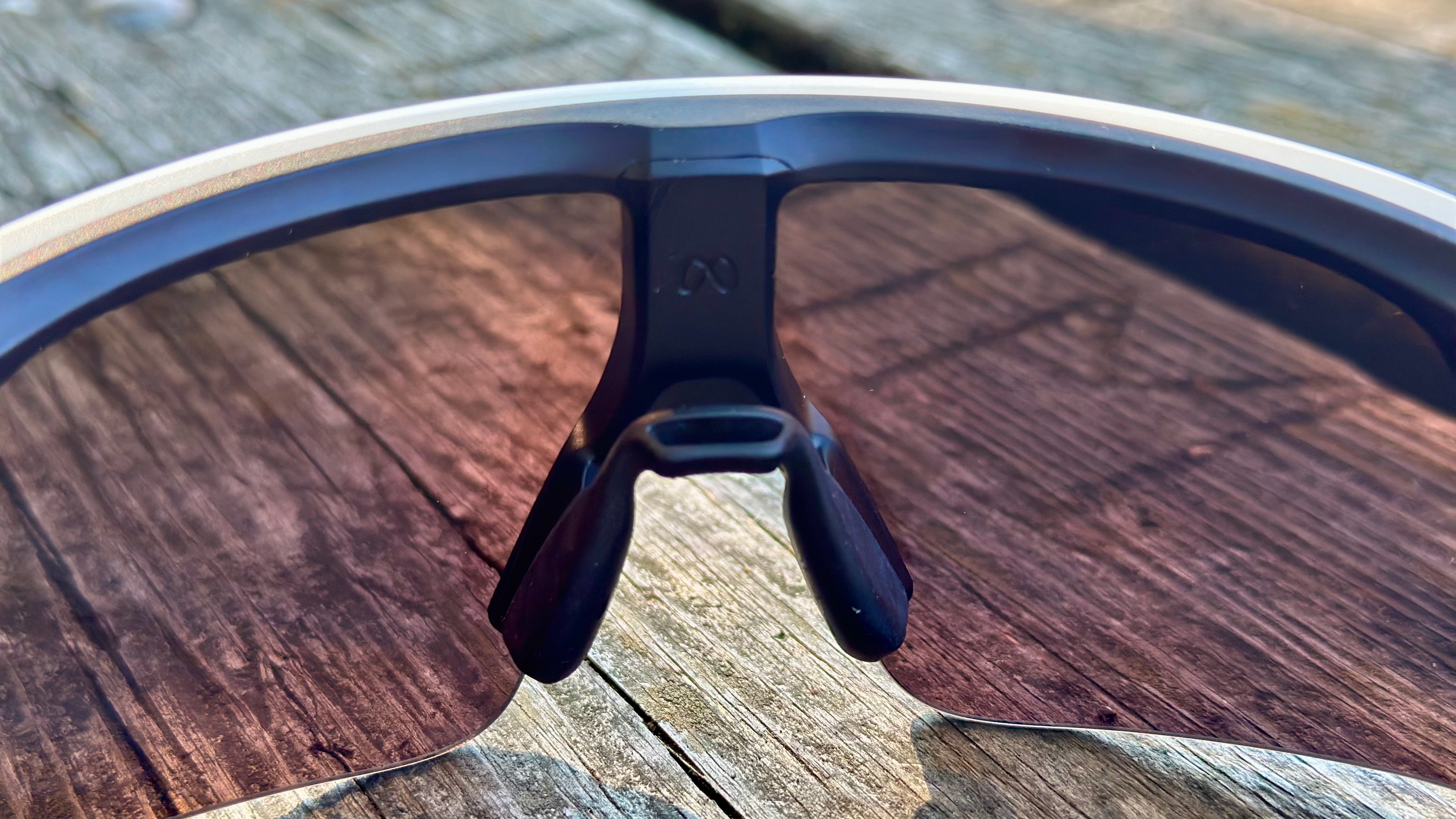
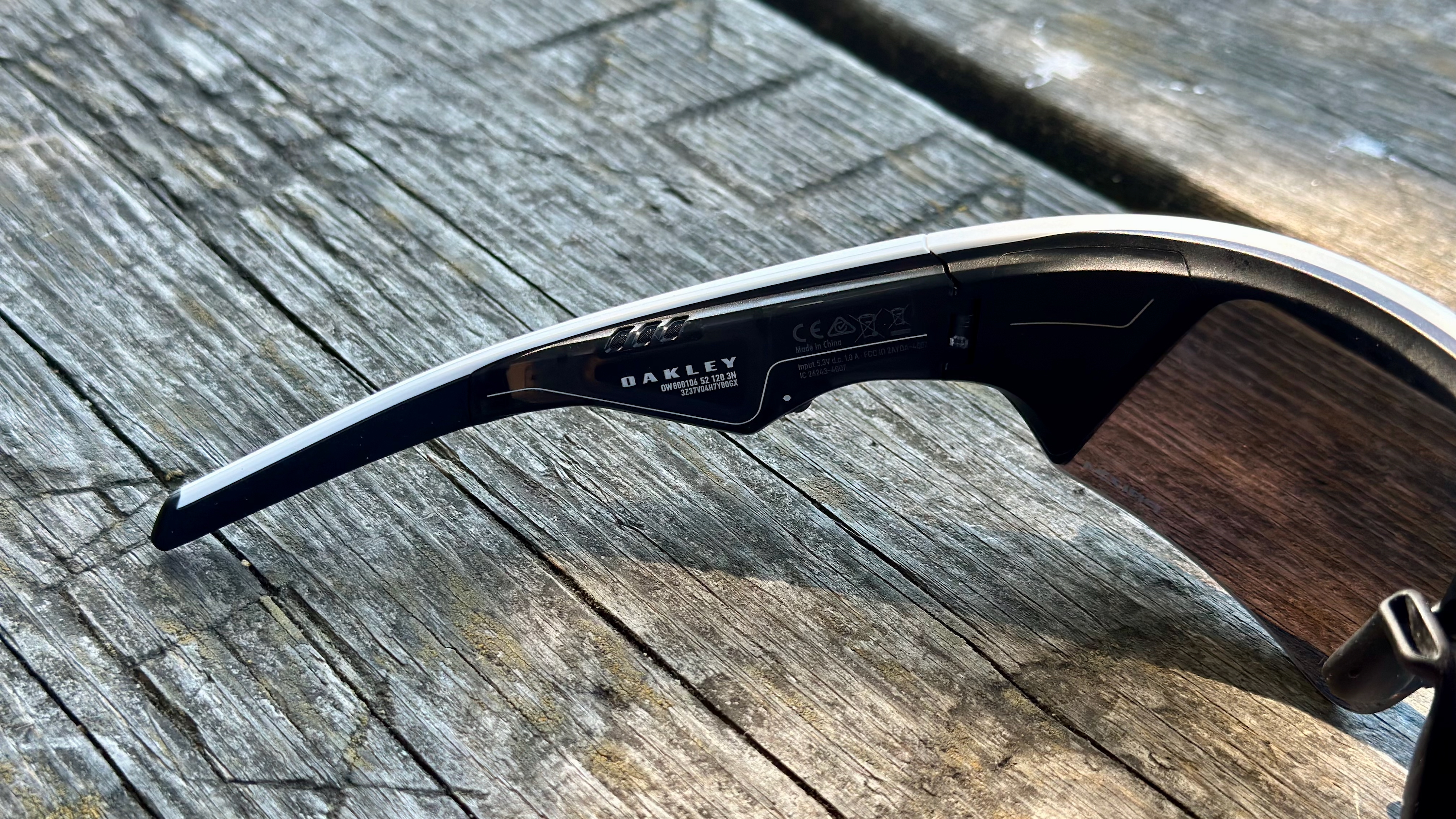
You'll have to accept that these glasses weigh a lot, putting pressure on your nose. But unlike with Ray-Bans that need to be fitted tightly to your face to avoid sliding, the Vanguard's built-in nose pads prevent sliding, even with sweat and the up-down motion of running.
Still, it's a pressure point where 66g of weight presses down, especially for any downhill running or hiking. It won't affect you much after a single workout, and cyclists should be okay unless they're bouncing up and down mountain paths for hours. But after a long hike on Saturday and a two-hour run on Sunday, my nose feels sore and needs a break.
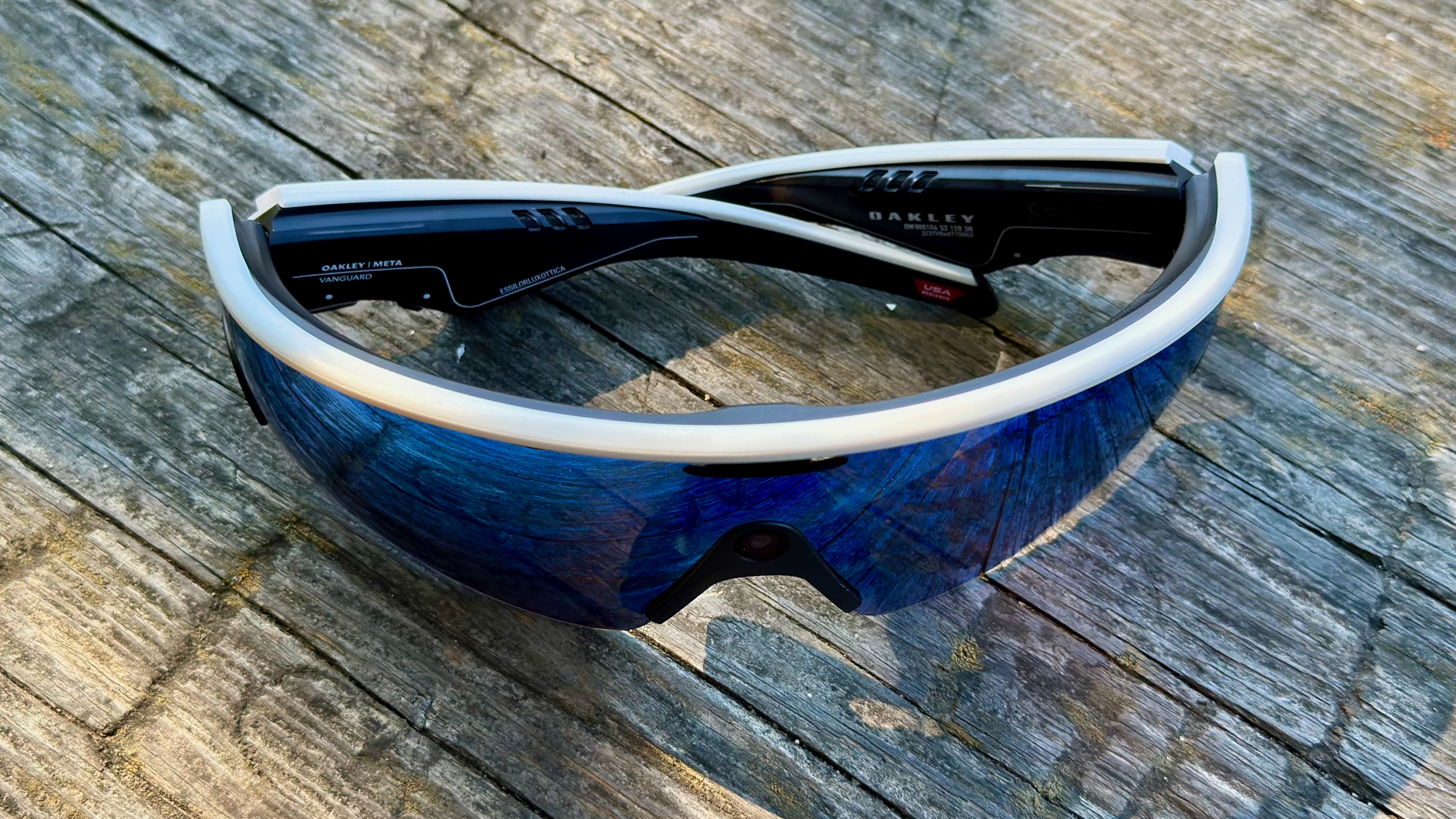
Some people won't mind the extra weight for the best smart glasses experience, while others will find them cumbersome. I think it'll come down to whether you wear them for daily workouts, or for special occasions like races or new trails where you'll want to document things.
Ray-Ban Meta Gen 2s with Transitions have an obvious advantage for evening runs, when sunglasses will hurt your visibility. But since their night photography and videography aren't great, I've realized I'd rather just wear workout earbuds anyway.
A subtle photography upgrade and significant video improvements
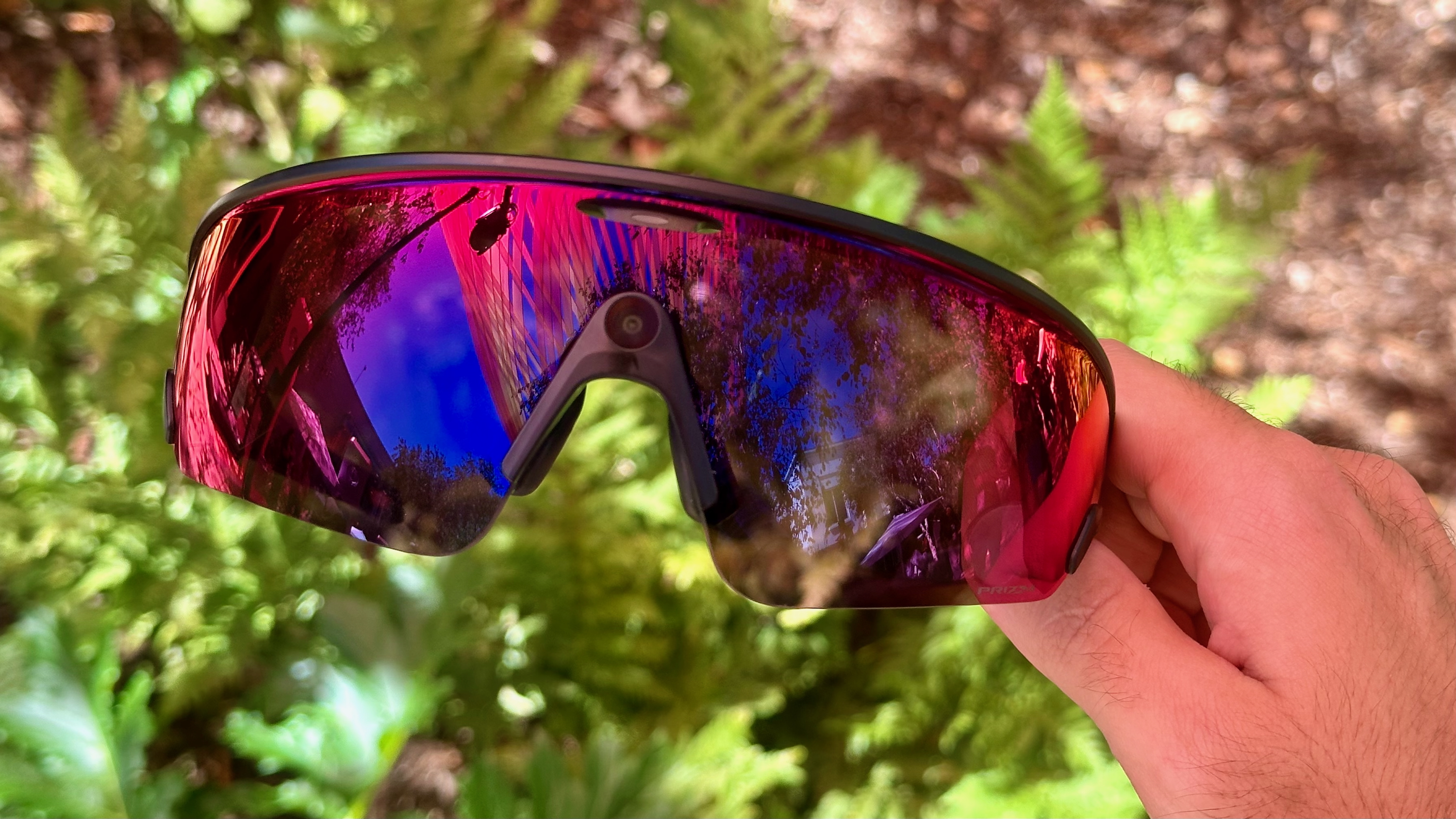
Photography on Meta AI glasses hasn't changed much since the original Ray-Ban Metas; when we did a Oakley HSTN vs. Ray-Ban camera test, you couldn't see any real difference in quality.
The Oakley Meta Vanguard glasses bring back the same 12MP camera and 1080p or 3K-resolution videos, but there's one significant difference: A centered, 122-degree lens.
The gallery below shows photos taken from the same spot with the Oakley Meta Vanguard and Ray-Ban Meta Gen 2. Vanguard's centered lens is more accurate to my actual perspective than the Ray-Bans' side cutouts. And you can see a subtle widening of the shots, capturing more details around your subject.








The wider angle is a double-edged sword, though, because unless your subject is really big or you're standing close, it can get lost in all the details around it. You'll end up wanting to crop your photos.
Generally speaking, I'm happy with the Oakley Meta Vanguard photo quality; I got some really beautiful nature photos on my hike — though I didn't realize that my hat brim intruded into most of my shots until later.








I'll be frank: it would've been cool if Meta gave the Vanguard landscape photos and videos. I know that portrait mode is what's in vogue for Meta's apps or TikTok, but the GoPro athletic crowd wants as wide and immersive a view as possible. Even if portrait is the default, Meta should allow us to switch perspectives with a voice command or button tap.
I also recorded videos using 1080p at 30/60FPS and 3K at 30FPS at various points during a 13-mile run. I can't embed them here, but I can assure you that it's difficult to tell them apart! The 3K view is slightly more immersive, but more prone to jittering from fast movement; I preferred the 60FPS mode, which looks wondefully smooth and creates the feeling of gliding down my running path.
My only real problem was that the Oakleys' revamped speakers are so loud and rich that your music is audible in videos; I've learned to pause my music before recording.
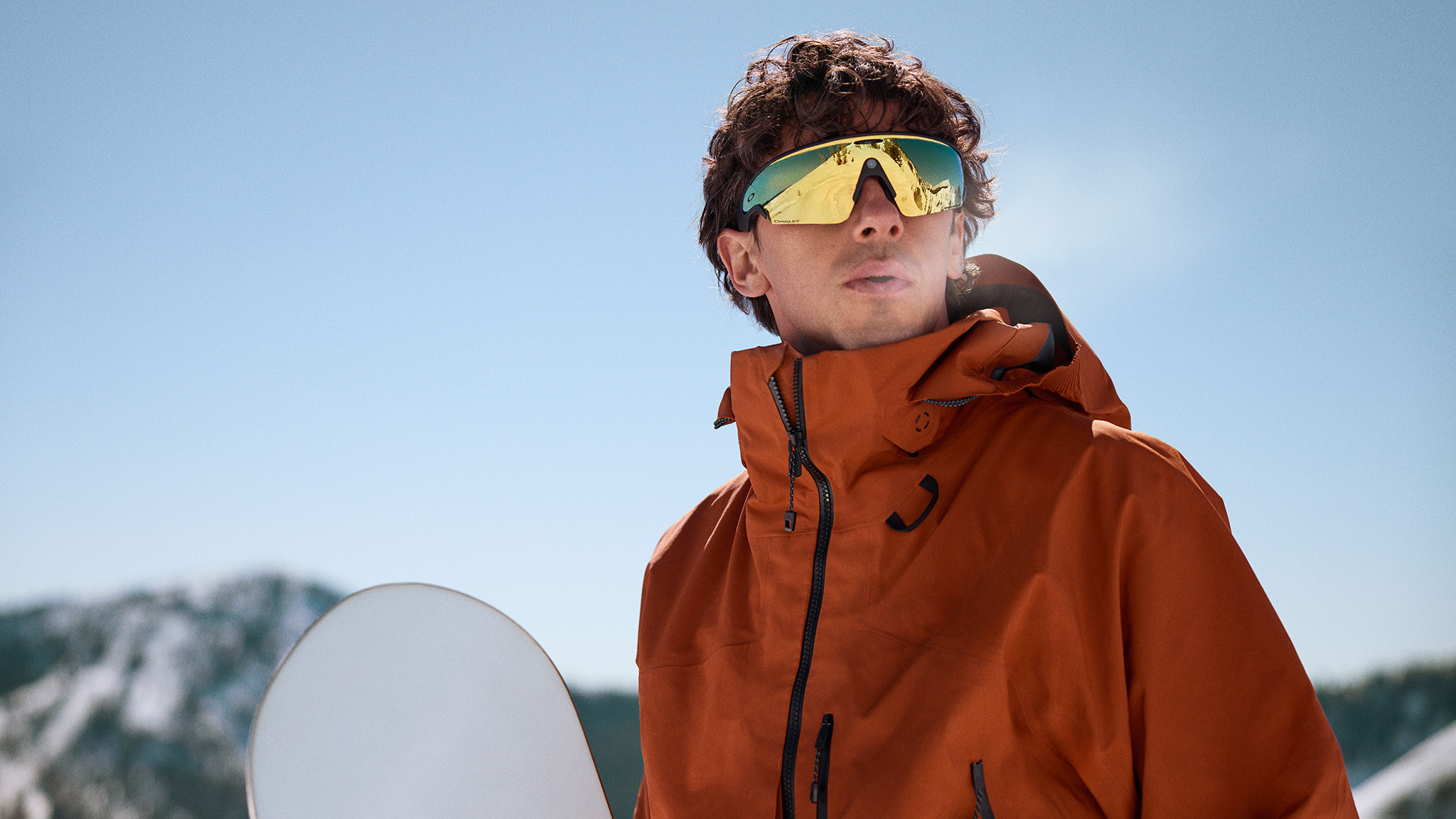
The Vanguard has four different stabilization settings — Auto, Low, Medium, and High — based on how much you want to balance out or preserve rapid movement. I didn't get to play with these settings too much, but it's great to see Meta putting this power in the hands of users, and the High setting is, again, buttery smooth.
Of the Vanguard's two new video modes (slow-mo and hyperlapse), I absolutely loved creating hyperlapse videos of my hike, fast-forwarding through my slow climb down a steep hill and then winding down the trail path. It creates a visual snippet of your activity that you can pair with your Garmin stats or custom music, great for sharing on social media if that's your thing.
Garmin integration is surprisingly useful, with some hiccups
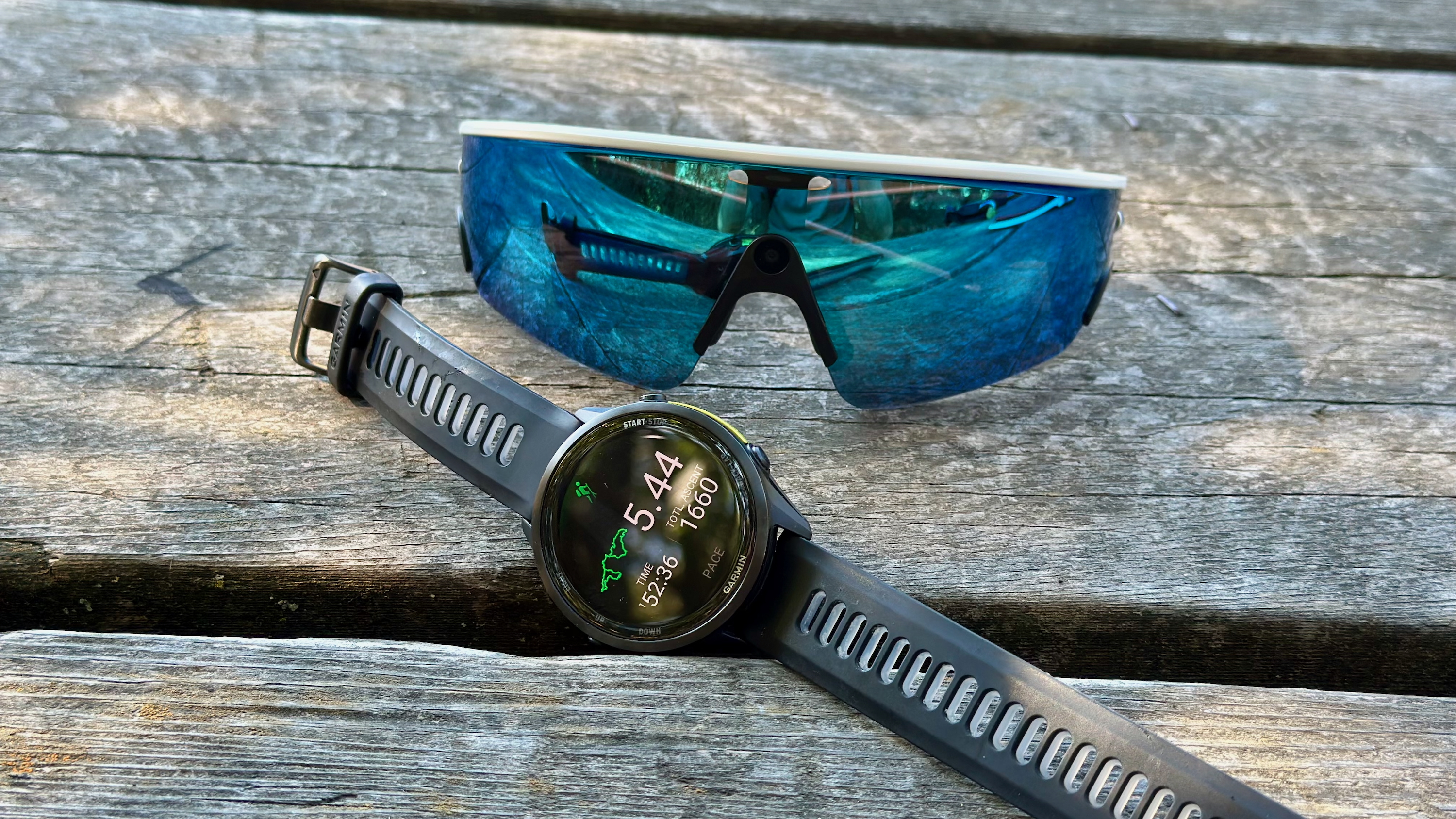
Plenty of Garmin users are skeptical about the Oakley-Garmin integration, which lets you say "Hey Meta, what's my average/current pace?" and have Meta AI pull that data in real time from your compatible Garmin watch. It's partially due to mistrust of Meta, and partially because they can just glance down at their wrist for the data.
I plan to write a more in-depth test of Garmin and Strava integration on these glasses, but for now, I've been impressed by how speedily Meta AI can pull your live information like current/ average pace, elevation gain, cadence, running power, HR zone, and other stats within a second of asking.
Meta AI can't recognize every stat that Garmin tracks, but I still appreciate getting the highlights without have to search through data fields on the go.
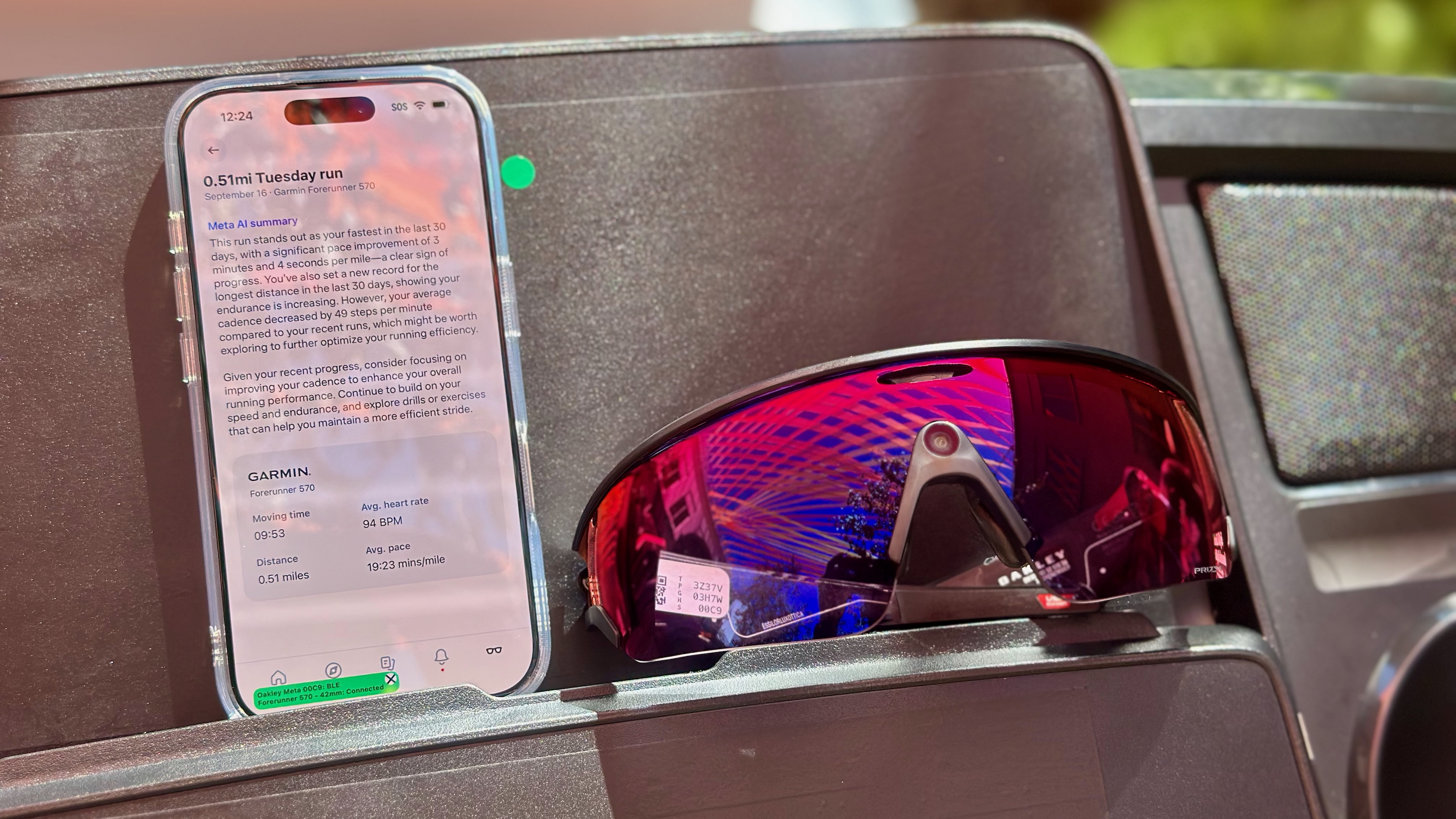
It's not especially fun to pant out "Hey Meta" before every request, but at least the "Respond without 'Hey Meta'" setting lets you ask follow-ups easily. I hope that Meta AI eventually listens for custom commands like "Pace" or "Heart Rate" without the wake word.
Meta also created an Autocapture mode that uses your Garmin stats to record a 5-second clip every time you hit a mile marker or a sudden change in intensity. The concept is great for public events or deserted trails, but I quickly realized automatic recording can be mortifying if someone's passing by at the wrong moment, so be careful with it.
Oakley Meta Vanguard is built to last
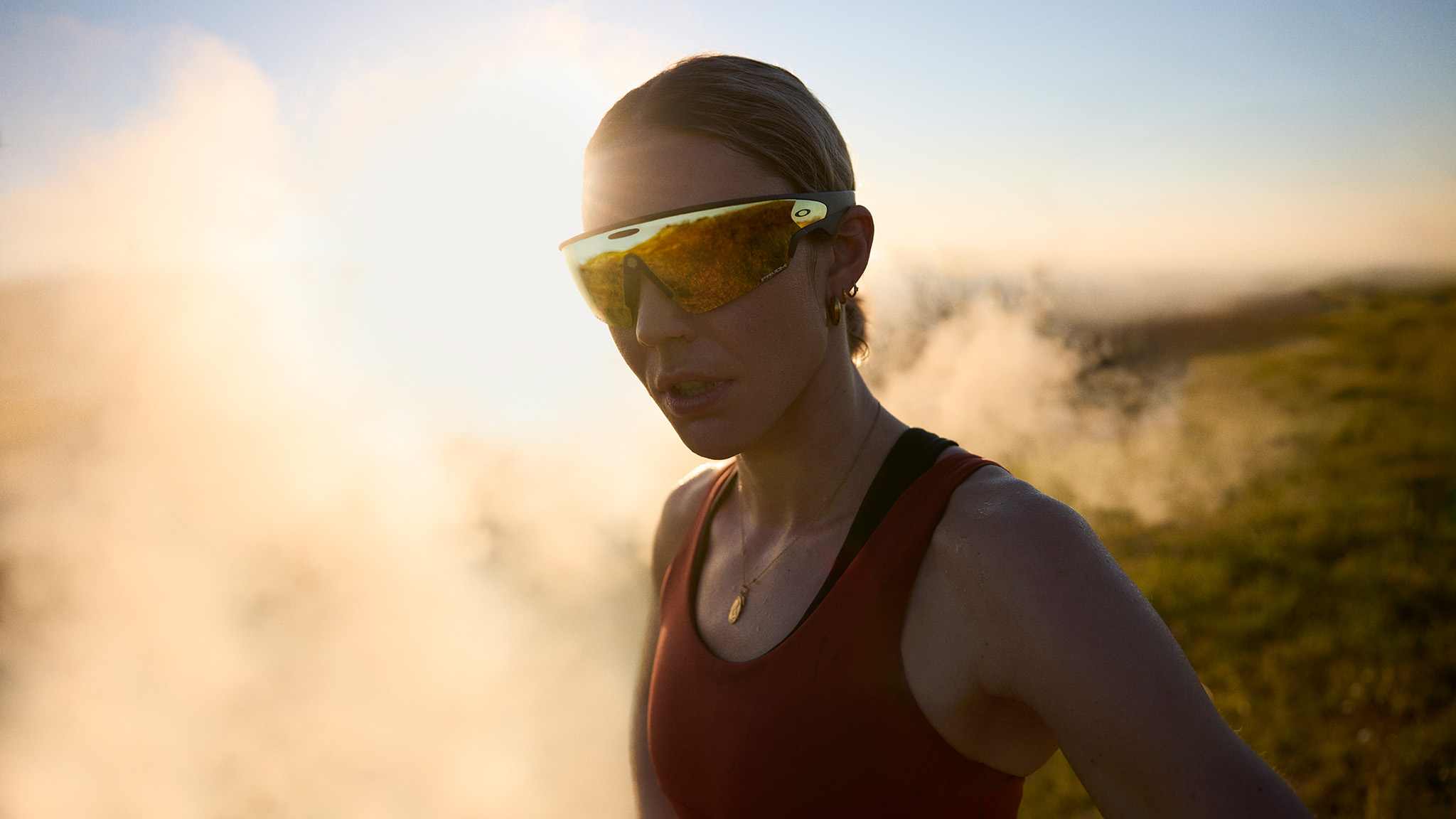
Meta says Oakley Meta Vanguard lasts six hours with music streaming, or about 16.6% per hour, slightly better than Ray-Ban Gen 2s (five hours). That's about on pace with what I've experienced, but I don't only stream music; I'm also taking frequent photos or videos, which burn through battery much more quickly.
Here's a better barometer for battery life: During a 2-hour run, Garmin Autocapture took 24 five-second videos, while I recorded another seven 30-second videos for my video stabilization testing; I also listened constantly to music and asked Meta AI for Garmin stats about 20 times. I ended at 49% battery, putting me on pace for 4 hours with heavy usage.
If I chilled out with the commands and videos, I think Oakley Meta Vanguard could last long enough to accompany a marathon run, or a 100km ride for a competent cyclist.
Even if the battery capacity fades with time, Oakley Meta Vanguards have a really solid baseline, and I appreciate that we get IP67 dust and water resistance to withstand sweaty workouts or accidental drops on dusty trails. My IPX4 Ray-Ban Metas always had me worried.
Overall, I genuinely like my Oakley Meta Vanguards despite the tradeoffs. I suspect more people will like the well-rounded Ray-Ban Meta Gen 2s or Oakley HSTNs, but athletes will like these the most.
The Oakley Meta Vanguards have Prizm lenses for eye protection, Meta AI smarts, rich speakers for immersive audio, 5 mics for clear phone calls, 3024 x 4032-resolution photos, 3K videos, and integration with your Garmin watch for workouts.







